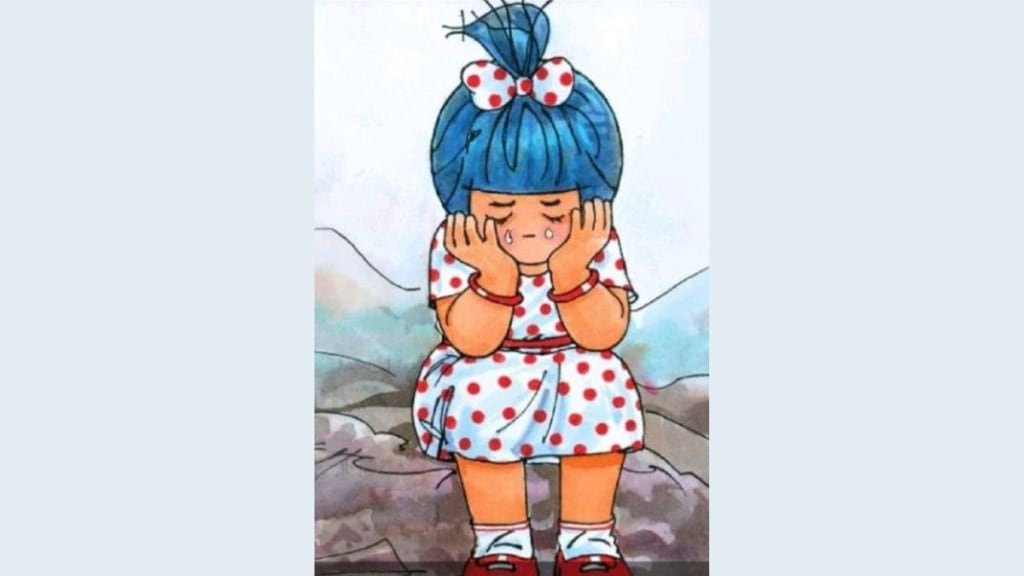Indian advertising has just lost one of its greatest. Sylvester daCunha, founder of daCunha Communication and the creator of Amul’s iconic Utterly Butterly Delicious advertising campaign, died on Tuesday night in Mumbai.
As the blue-haired noseless girl went on to position the humble butter as a household staple, her maker, daCunha, made real-time marketing — the art of tossing chucklesome lines into the social flow — a thing much before social media made it mainstream.
So it would not be a tort if the name Sylvester daCunha is the first and the only one that comes to mind when one thinks of the Amul Girl. “The Amul Girl is the longest-running advertising campaign in the world with a single character, about a topic, and it doesn’t require the client’s approval to be released in the media. This has never happened in the history of advertising anywhere in the world,” says Jayen Mehta, managing director, Amul. “It’s possible because he built the respect and trust of the client. That credit goes to that man and he’ll be forever remembered for that.”
The year was 1966 and Verghese Kurien, credited with making India the largest milk producer in the word, was looking for an advertising idea for Amul butter, produced by the dairy co-operative he had set up about a decade ago. The task was entrusted to daCunha Communications, which was led by daCunha. TV and print advertising was prohibitively expensive, so the agency set its eyes on outdoor hoardings.
The Amul Girl was illustrated by the agency’s art director Eustace Fernandes; the goofy “utterly butterly delicious” qualifier was the contribution of daCunha’s wife, Nisha daCunha, and the rest, as they say, was history.
Most remarkably, the style and technique of Amul Girl campaigns have remained unchanged over all these decades. “If I had to look back at his legacy, I would say there are three things he did that stand out: He pioneered ‘moment marketing’ long before today’s advertisers did. The second is that he has made ‘utterly butterly delicious’ an unforgettable line that continues to live on in Amul’s advertising and packaging. He is also credited with creating the popular Amul Girl mascot, which has stood the test of time, and is still relevant nearly 57 years later, and on social media platforms too. It is great to see his work live on in the brand so many years down the line,” says Lloyd Mathias, angel investor and business strategist.
The ads became controversial at times. When former chief of the Board of Control for Cricket in India Jagmohan Dalmiya found himself at the centre of a noisy conflict with the board, an Amul hoarding popped up: “Dalmiya mein kuchh kala hai?”. Dalmiya reportedly threatened to sue Kurien for `500 crore. Some years later, British Airways called up the agency to express its disapproval of an ad that dubbed the airways “British Errways” after Sachin Tendulkar’s luggage was misplaced.
“Aside from his work in advertising, he is also one of those creative individuals who also consciously helped shape other creative arts along with his brother and peers like Padamsee,” says Mathias. “As someone passionate about theatre, he was multi-faceted, and saw his role as more than just an advertising professional, thus making a significant contribution to culture and society.”
DaCunha is survived by his wife, their son and adman Rahul daCunha. His clever strategies have allowed brand Amul to slam even the so-called “losers” in a fun way that allowed them to accept the “dishonour”. Because of daCunha, the advertising world is much more vibrant and fun, say industry hands. If the Amul girl’s spirit has taught one lesson to the industry it is about being consistent over the years to stay relevant.

